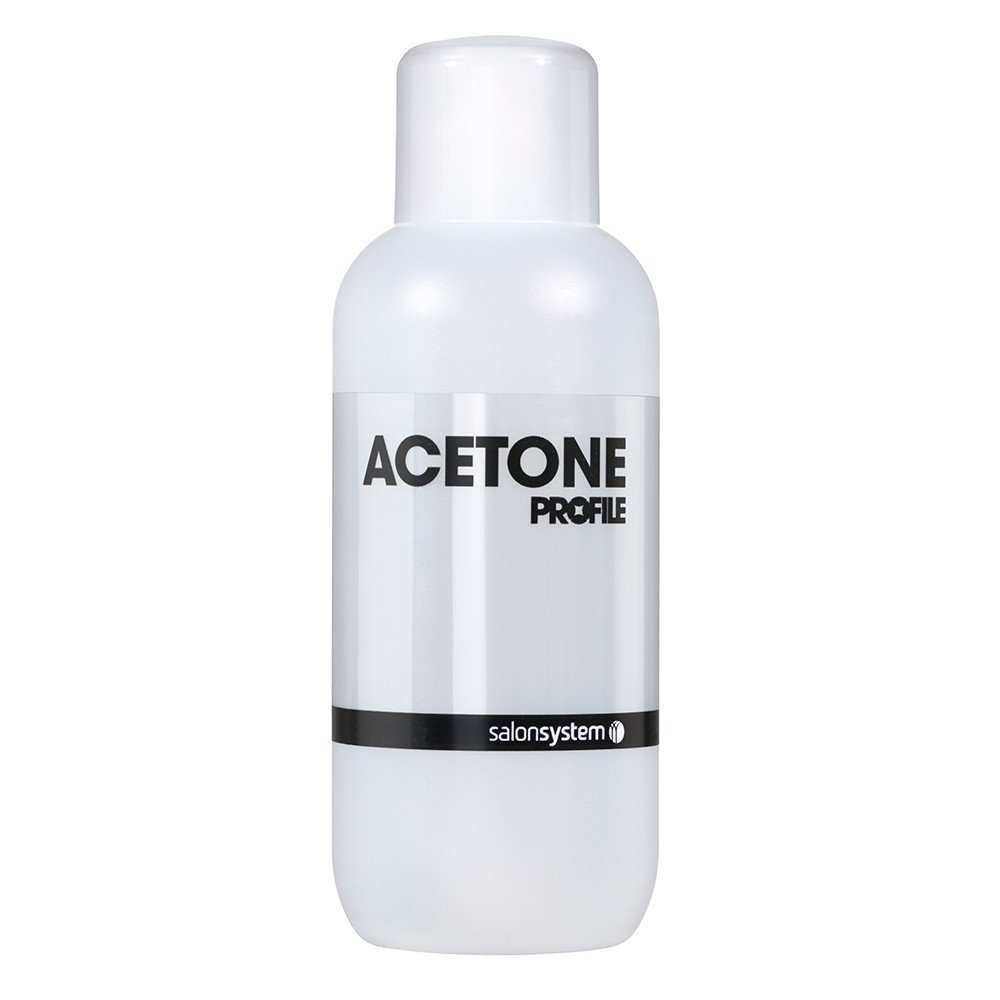Physical Properties of Acetone
Acetone is a colorless solvent, volatile, flammable . Acetone occurs naturally in plants, trees, forest fires, vehicle exhaust and as a breakdown product of animal fat metabolism. This agent may be normally present in very small quantities in urine and blood; larger amounts may be found in the urine and blood of diabetics. Acetone is toxic in high doses

Phase
Acetone is a part of ketone. The other name of acetone is propan-2-one. Acetone has 3 carbon atoms. Because of that, the phase of acetone is liquid. Lower molecular weight acetone are colorless liquid at room temperature.
Solubility
Acetone is soluble in water because acetone just has 3 carbon atoms. Acetone being the carbonyl group, so acetone is polar and can completely miscible in water 20 degrees Celcius. Acetone is also can soluble in organic solvents, such as benzene and ethanol .
Polarity
Acetone is polar, because the electronegativity of the oxygen is greater than the of the carbon, creating a polar bond. The carbonyl group interacts with water, allowing it to be able to participate in hydrogen bonding.
Density
The density of acetone varies, depending on the temperature. At a temperature of 20 degrees Celsius, the density of acetone is 0.78998 g / mL. At 25 degrees Celsius, the density of acetone is 0.78440 g / mL. And at a temperature of 30 degrees Celsius, the density of acetone is 0.78033 g / mL.
Boiling Point and Melting Point
Acetone has a melting point of -95.35 degrees Celsius and has a boiling point at a temperature of 56.2oC